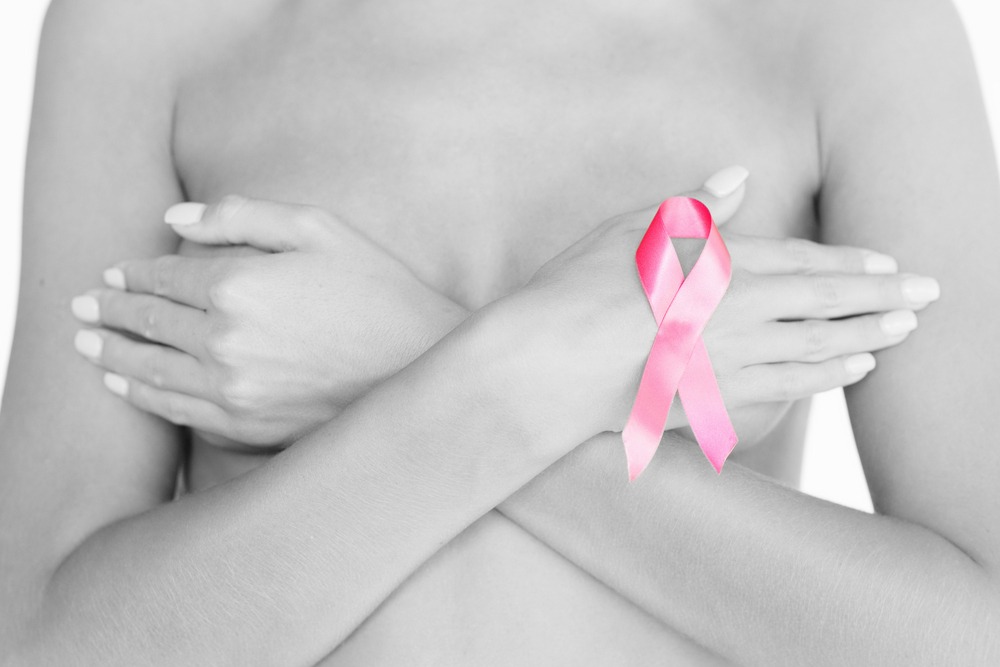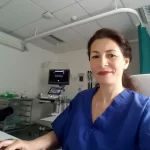- Home
- Scans for Women
- Scans for Men
- Msk
- Pregnancy
- Cardiovascular
- About
- Book a Scan
- Blog
The breast ultrasound is the first line of investigation for women who have found breast lumps. Lumps in the breasts are very common in women, and the breast ultrasound scan is the easiest and fastest way to evaluate these lumps and reduce anxiety caused by not knowing.
Ultrasound is the best choice for early detection and in determining if a lump is solid (which may be a non-cancerous lump or a cancerous tumour) or a fluid-filled sac such as a benign cyst.
The breast scan uses sound waves to produce pictures of the internal structures of the breast. It is primarily used to help diagnose breast lumps or other abnormalities your doctor may have found during a physical exam, mammogram, or breast MRI. Ultrasound scans are safe, non-invasive and do not use ionizing radiation.
Sonoworld offers affordable ultrasound services in London with clear pricing.
The price of breast ultrasound in our Harley Street breast clinic is:
The breast ultrasound scan may be performed in the investigation of a number of problems, including:
Visit our blog article to find out how to do a self-breast exam.
No preparation is required for the breast ultrasound test.
Before the breast ultrasound scan, the consultant sonographer will explain the examination procedure. You will be asked to lie on the examination couch and expose your breasts, and you may be asked to raise your arm above your head. A small amount of ultrasound gel will be placed on your skin and a small ultrasound probe will be used to obtain images of the breast tissue. You might see red and blue colours on the screen, but this is nothing to worry about, and it is what is called colour Doppler ultrasound. Once the imaging is completed, the clear ultrasound gel will be wiped off your skin. The ultrasound gel does not stain or discolour clothing.
During and after the breast ultrasound examination, our sonographer will explain the findings and a digital ultrasound report will be sent to you by 10am the day after.
At the end of the examination, we will discuss the findings with you, we will answer any questions, and we will provide you with a digital report by 10am the next day for your medical records.
After the scan, you will be able to continue your day as usual.
If an abnormality such as tumour is seen during the examination, our sonographer will be able to advice and recommend the necessary follow-up process and investigations such as an FNA (fine needle aspiration) or needle biopsy to evaluate if the mass is benign or malignant.

Breast ultrasound is safe and painless and produces pictures of the inside of the breast using sound waves. The breast examination involves the use of a small transducer (probe) and ultrasound gel that a healthcare professional will position, direct in the skin. High-frequency sound waves are transmitted from the probe through the gel into the body. The transducer collects the sounds that bounce back, and the computer uses those sound waves to create an internal image of the breast without the need for radiation.
During a breast ultrasound examination, the specialists sonographers or consultant radiologist performing the test may use Doppler techniques to evaluate blood flow or lack of flow in any breast mass. In some cases, this may provide additional information as to the cause of the mass.
Many studies have shown that ultrasound and magnetic resonance imaging (MRI) can help supplement mammography by detecting breast cancers that may not be visible with mammography. MRI is more sensitive than ultrasound in picking up breast cancer, but MRI may not be available to all women. If breast cancer screening MRI is performed, then screening ultrasound is not needed, although breastscreen ultrasound may still be used to characterize and biopsy abnormalities which were seen on MRI.
When ultrasound is used for screening, abnormalities not visible with mammography may be identified, including some that may require breast biopsy. Many of the abnormalities found with screening breast ultrasound are not cancer (false positives), but breast US allows for a full examination.
Ultrasound can be offered as a screening tool for women who:
There are many benefits of a private breast ultrasound. First and foremost, a private breast ultrasound can provide a woman with peace of mind. It can be used to screen for breast cancer, which is the second leading cause of cancer death in women. Additionally, a private breast ultrasound can be used to detect other problems such as cysts, benign tumors, and infections. Additionally, a private breast ultrasound can be used to monitor the progress of breast implants.
The main benefits of breast ultrasound are:
Unlike an NHS hospital breast ultrasound scan, a doctor's referral is not necessary for a private breast scan in our clinic. You can book your breast ultrasound scan by using our online booking system or by calling us.
The breast ultrasound scan is the best way to find out if the lump is solid (i.e a benign fibroadenoma or cancer) or fluid-filled such as a benign cyst). FNA (Fine Needle Aspiration) will be required to confirm if a solid lump is cancerous.
Arranging an appointment at Sonoworld for a breast ultrasound scan is simple. We can arrange an appointment at a convenient time for you on the phone, or you can choose your appointment using our online booking schedule. Same-day appointments are usually available if you are experiencing symptoms, and you need rapid answers.
You can book a private breast ultrasound in our clinic without a GP referral.
Sonoworld offers a wide range of private ultrasound examinations and other health tests, including private ultrasound for women as well as pregnancy scan such as pelvic scan and abdominal ultrasound.
1. A breast ultrasound is a diagnostic imaging test that uses high-frequency sound waves to create pictures of the inside of the breast.
2. The test is used to evaluate lumps or masses that can be seen on a mammogram or felt as a lump.
3. It can also be used to assess the results of a biopsy.
4. A breast ultrasound is usually performed by a radiologist, a doctor who specializes in interpreting medical images.
5. The test takes about 30 minutes.
6. You will lie on your back on an exam table.
7. A gel will be applied to your skin.
8. A handheld device called a transducer will be moved over your breast.
9. The transducer emits sound waves that bounce off breast tissue.
10. The waves are converted into electrical impulses that are then displayed on a computer screen.
1. In the United Kingdom, breast cancer is the most common cancer, with around 55,000 new cases diagnosed each year.
2. In London, there are an estimated 9,700 new cases of breast cancer each year.
3. Breast cancer is the second leading cause of cancer death in women in the UK, after lung cancer.
4. Around 12,000 women die from breast cancer each year in the UK.
5. In London, there are an estimated 2,700 deaths from breast cancer each year.
6. The chance of a woman developing breast cancer sometime in her life is about 1 in 8.
7. The chance of a woman dying from breast cancer is about 1 in 28.
8. In the UK, breast cancer rates have been increasing since the early 1990s.
9. In London, breast cancer rates have been increasing since the early 1990s.
https://en.wikipedia.org/wiki/Breast_ultrasound
https://www.nationalbreastcancer.org/breast-ultrasound
